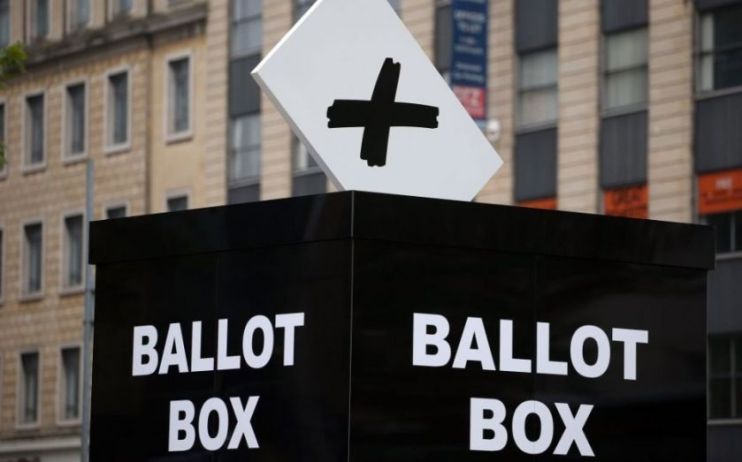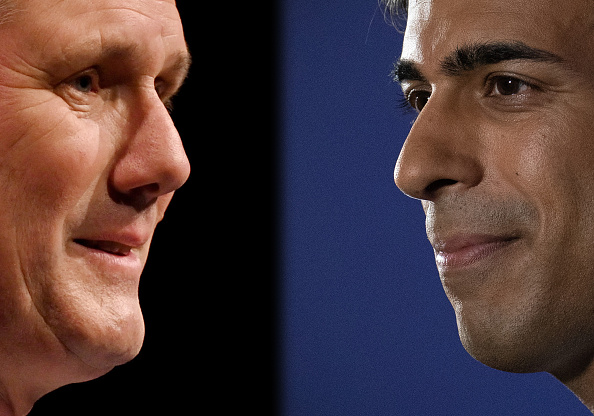May 2023 local elections: All you need to know

In just over a month, voters in some parts of the UK will be heading to the ballot box for the local elections.
Polling stations will open for residents to select local councillors – in what’s often seen as a key test for the government’s popularity, particularly after the turbulence of recent months.
It’s also key to remember that this is the first set of elections where you’ll have to show voter ID in order to cast your ballot.
City A.M. has rounded up everything you need to know about the May 2023 local elections.

What are the local elections?
You won’t be getting the chance to boot out any MPs, we’re afraid, as this round of voting is to choose local councillors.
Services such as schools, libraries, leisure centres and bin collections fall under their control.
You’ll be choosing local representatives via the first-past-the-post system, which is the same as in general elections when you do vote for MPs.
When are they happening?
Elections in England are being held on Thursday, 4 May.
More than 8,000 seats are being contested at 230 councils, while Northern Ireland will hold elections for 11 councils two weeks later, on Thursday, 18 May.
To be specific, that’s a total of 8,057 seats up for grabs across 4,831 wards.
Mayoral elections will take place in Bedford, Leicester, Mansfield and Middlesbrough.
There are no local elections happening in Scotland or Wales.
Where are they being held?
None of the London boroughs are up for election this year, after all 33 councils held elections in 2022. They won’t come around again until 2026.
Most of the south including Surrey, Kent and Essex will see votes take place, as well as the majority of England.
Not all of the UK votes for their councillors at the same time, and large swathes of councils last voted in 2019.
So due to the four-year election cycle, it’s now their turn again.
Who can vote in the local elections?
You can vote as long as you’re aged over 18 and not legally excluded from voting.
Voters must also be registered at an address in the area where they want to vote, i.e. in the council area, and be either a British, Irish or EU citizen or eligible Commonwealth citizen.
You also need to ensure you are registered, which you can do via your local council website.
Ballots will be held at polling stations across the ward you vote in – part of your council area – and could be anywhere from schools to churches. It will say where yours is on your poll card.
If you can’t vote in person, you can do it via a postal vote or nominate a proxy, who is someone to vote on your behalf.
Why are they not everywhere and every year?
In the UK, not all councils work to the same electoral timetable.
Some councils are what is known as ‘unitary authorities’ meaning one council runs the whole area, such as the Royal Borough of Windsor and Maidenhead.
In other areas, county councils run larger services such as social care and fire and rescue, while lower-tier district, borough and city councils are in charge of recycling and planning.
For example, Surrey County and Council and Guildford Borough Council.
County councils are elected every four years and will next be up for election in 2025.
While some metropolitan district councils, boroughs and unitary authorities are being fully elected in 2023, others will see only a third of their councillors contest their seats.
How can I register to vote?
You should visit your local council website or the Electoral Commission, and you’ll need your National Insurance number.
In England, you have to do this by midnight on 17 April, while the deadline to request a postal vote is 5pm BST on 18 April.
The deadlines in Northern Ireland are 26 April for postal or proxy votes and 28 April for in-person votes.
When you arrive to vote in England, you must now bring photo ID. This could include: passports; driving licences; older or disabled persons bus passes; or Oyster 60+ cards.
Voter ID has been required in Northern Ireland since 2007.
